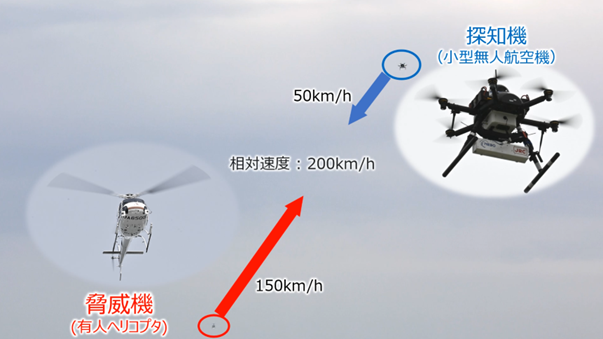2024-04-19 カリフォルニア大学リバーサイド校(UCR)
<関連情報>
ディープフェイク、骨相学、監視など!AIプライバシーリスクの分類法 Deepfakes, Phrenology, Surveillance, and More! A Taxonomy of AI Privacy Risks
Hao-Ping Lee, Yu-Ju Yang, Thomas Serban von Davier, Jodi Forlizzi, Sauvik Das
arXiv last revised: 10 Feb 2024 (this version, v2)
DOI:https://doi.org/10.48550/arXiv.2310.07879

Abstract
Privacy is a key principle for developing ethical AI technologies, but how does including AI technologies in products and services change privacy risks? We constructed a taxonomy of AI privacy risks by analyzing 321 documented AI privacy incidents. We codified how the unique capabilities and requirements of AI technologies described in those incidents generated new privacy risks, exacerbated known ones, or otherwise did not meaningfully alter the risk. We present 12 high-level privacy risks that AI technologies either newly created (e.g., exposure risks from deepfake pornography) or exacerbated (e.g., surveillance risks from collecting training data). One upshot of our work is that incorporating AI technologies into a product can alter the privacy risks it entails. Yet, current approaches to privacy-preserving AI/ML (e.g., federated learning, differential privacy, checklists) only address a subset of the privacy risks arising from the capabilities and data requirements of AI.



